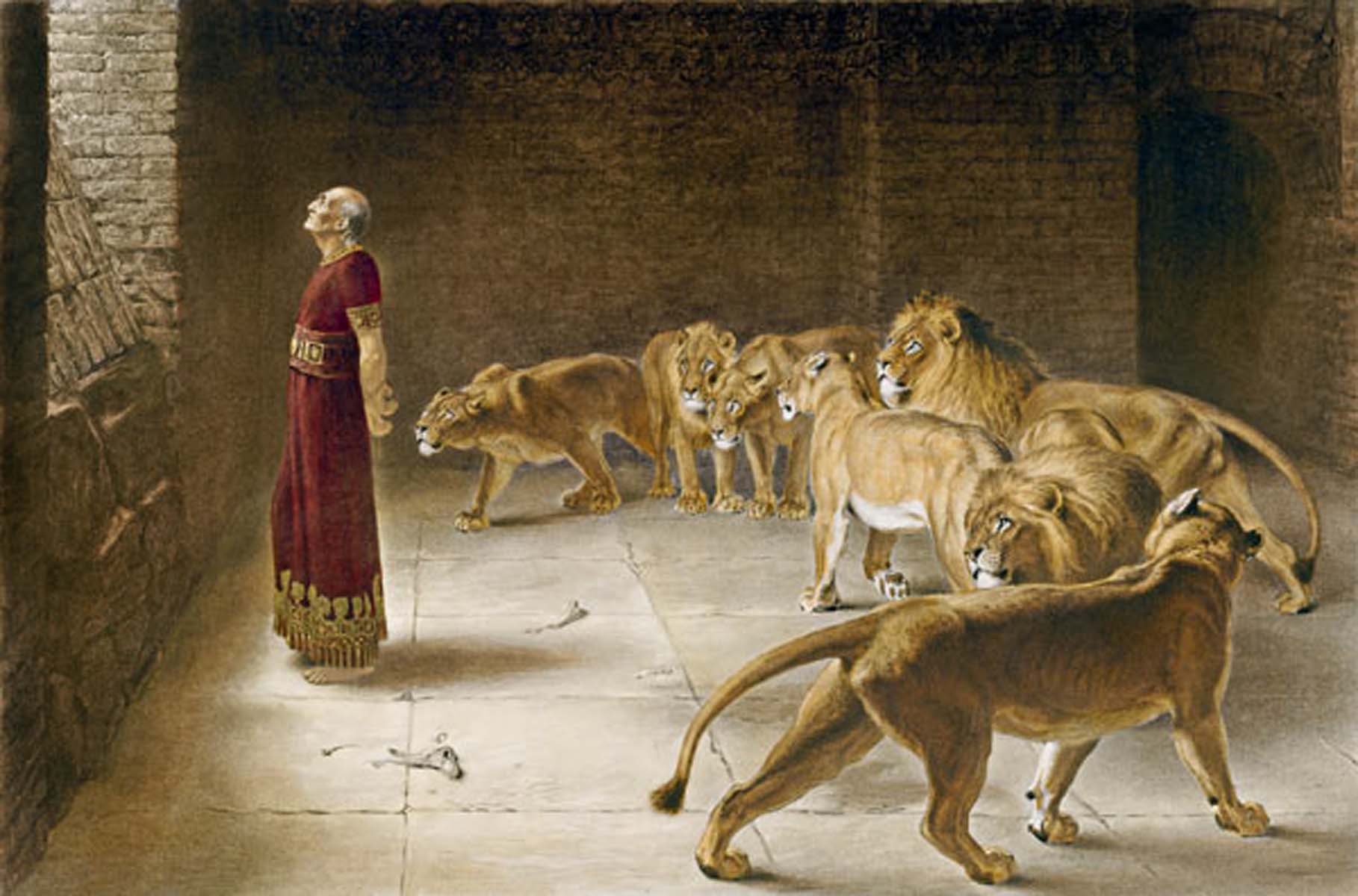A Den of Lions in Babylon?

In a previous post we argued that the most likely location for the events of Daniel 6 was Babylon, the place where Daniel had spent nearly his entire life. So what kind of den might have been located in Babylon?
Lions do not naturally live in caves or dens. Their natural habitat is open grassland or open forest. Clearly the place where Daniel was to be executed was the place where captive lions were held. No such place has been found in Babylon (or elsewhere in the ancient Near East), but there is evidence for the capture of live lions even earlier than the time of Daniel. The Assyrian king Ashurbanipal lived about a century earlier than incidents described in Daniel 6. He was very fond of depicting himself as a lion-slayer, and his depictions include various stages of his lion hunts. It is interesting to note that Ashurbanipal did not just go out hunting for wild lions, but depicts the release of captured lions in preparation for his hunts.
This illustrates the practice of capturing and then releasing lions for sport. It is not difficult to imagine that this royal sport was still practiced in Daniel’s day, or at least that facilities for keeping captive lions were still around. So what kind of facility would this have been? A common misconception is that the “den” was a natural stone cave of some kind that had been blocked up.
Babylon, however, is located on a flat plain between the Tigris and Euphrates Rivers. There are no natural caves anywhere near this area. In fact, the water table is so high that very little digging is required before hitting water. This means that the place where the lions were kept must have been constructed specifically for that purpose, most likely of brick (like the rest of the city). This kind of den is depicted by artists from time to time, whether by accident or on purpose. The cover photo for this post is Daniel’s Answer to the King, by , circa 1890. It is about as accurate of a depiction as we are likely to see. The painting below is fairly accurate from this perspective also.
The notice that a stone was laid over the opening (Dan 6:17), as well as the statement that the bodies of the real criminals were overpowered before they had “reached the bottom” imply that the opening was in the ceiling or high up on the wall of the cage. This would have been a necessity, of course, for keeping wild animals like lions.







See harry rimmers book dead men tell tales page326 re lion pit inscription. Colin john.
“Lion pit inscription” caught my attention! I found a copy of the book, but was sorely disappointed by his claim and its lack of evidence. I wish it were true, but it has every evidence of being a fake claim.